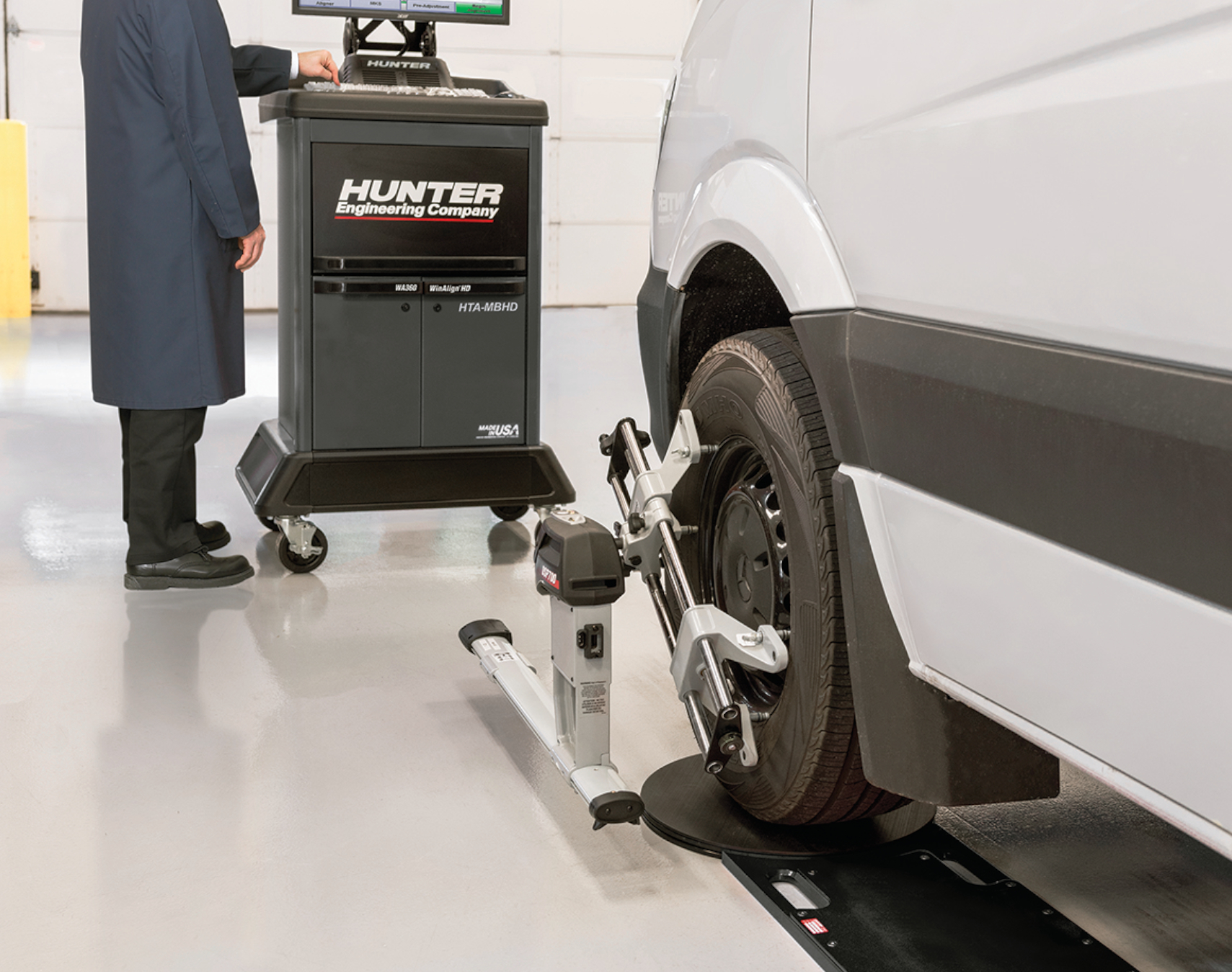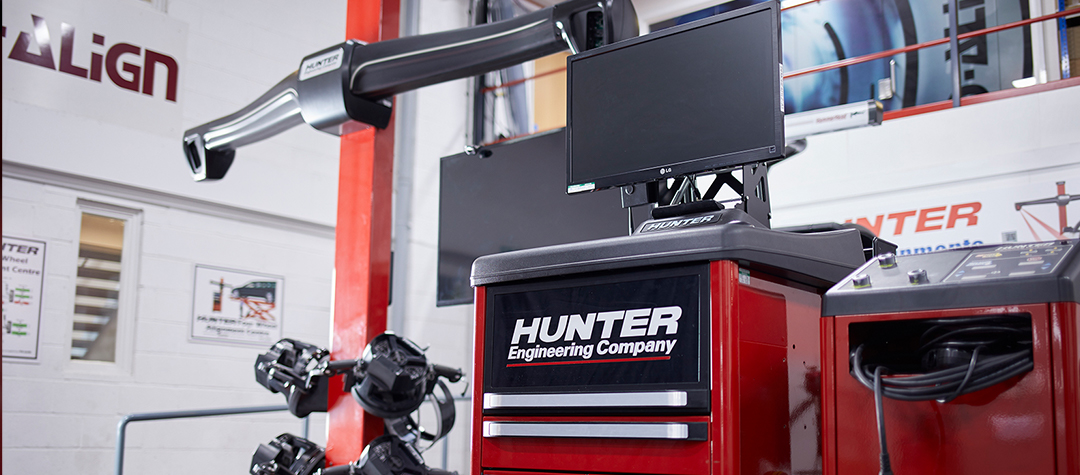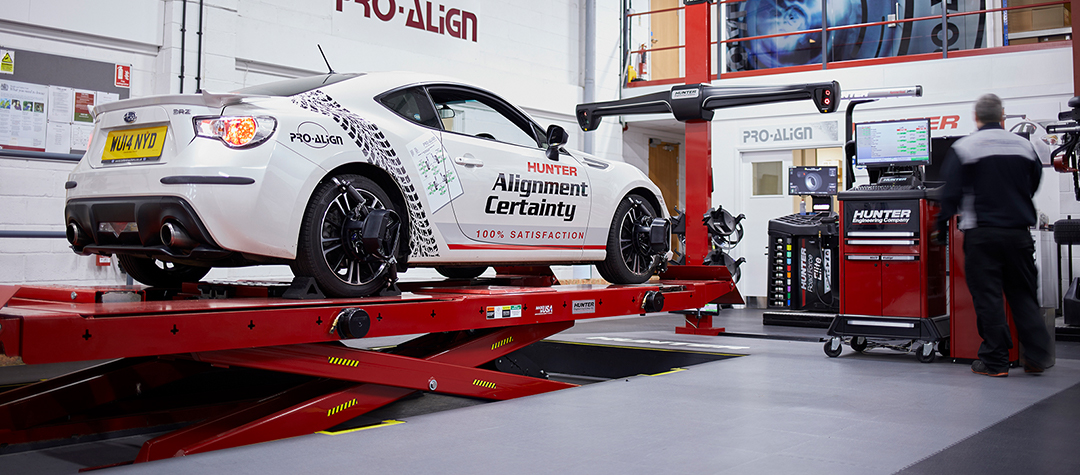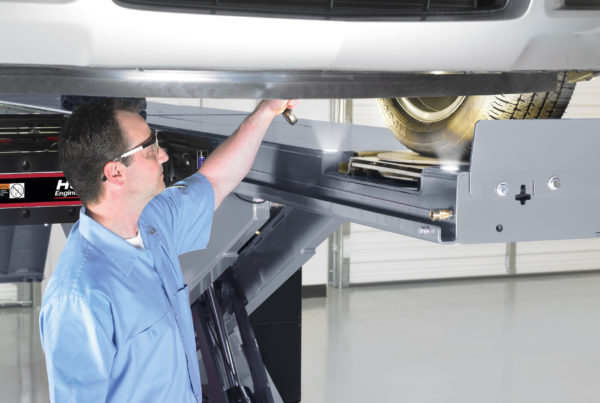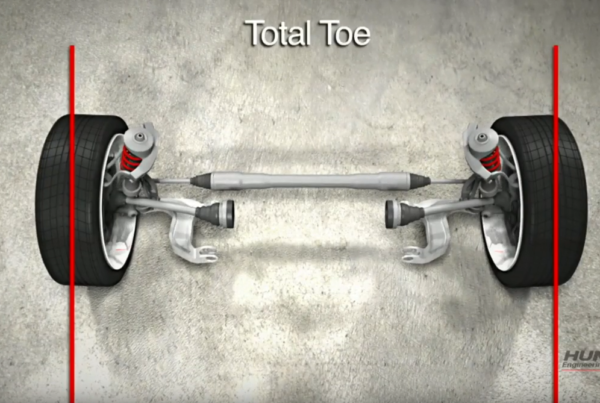Wheel alignment is an essential aspect of vehicle maintenance that often goes overlooked by many drivers. Proper wheel alignment significantly ensures optimal vehicle performance, safety, and tyre longevity.
A misaligned set of wheels can lead to various issues. This includes uneven tyre wear, poor handling, reduced fuel efficiency, and compromised safety on the road. So, understanding the importance of wheel alignment and its impact on your vehicle is crucial for every responsible car owner.
But first, what is a wheel alignment in the first place?
What is a Wheel Alignment?
Wheel alignment is necessary to ensure that the wheels are perpendicular to the ground and parallel to each other. Achieving proper wheel alignment allows the tyres to make optimal contact with the road surface, providing better stability and improved handling.
Different types of wheel alignments can be performed depending on the specific requirements of a vehicle. The most common types of wheel alignment are front-end alignment, thrust alignment, and four-wheel alignment.
Read more about what wheel alignment means with our comprehensive guide to Wheel Alignment.
How Long Does a Wheel Alignment Take?
The duration of a wheel alignment can vary depending on several factors. While some advertisements claim that an alignment can be done in as little as 20 minutes, it is important to understand that this may not always be the case.
The time required for a wheel alignment depends on factors such as the type of alignment needed, the condition of the vehicle’s suspension and steering components, and the expertise of the technician performing the alignment. A standard wheel alignment typically takes around 1 to 2 hours to complete. However, it’s important to note that this is an estimate, and the actual time can vary.
During the wheel alignment process, a technician uses specialised equipment to measure and adjust the wheel angles. They assess factors such as camber, caster, and toe to ensure proper alignment. In some cases, additional services or inspections may be recommended, which can add to the overall time required.
It is crucial not to rush the wheel alignment process, as accuracy is key to achieving the desired results. A skilled technician will take the necessary time to ensure every adjustment is made correctly, providing you with a properly aligned vehicle.
Factors Affecting the Time Required for a Wheel Alignment
Several factors can impact the time required to complete a wheel alignment. Understanding these factors can help you have a better idea of why the duration may vary. Here are some key factors to consider:
Complexity of Alignment
The complexity of the alignment needed can significantly affect the time required. A basic front-end alignment, which involves adjusting the angles of the front wheels, may take less time compared to a more intricate four-wheel alignment that addresses all four wheels.
Vehicle Condition
The condition of the vehicle’s suspension and steering components can also influence the alignment process. If there are worn or damaged parts that need to be repaired or replaced before alignment, it may extend the overall time required.
Additional Services or Inspections
Sometimes, during the wheel alignment process, technicians may identify other issues or components that require attention. These could include worn out tie rods, ball joints, or bushings. Addressing these additional services or inspections may add to the time required for the alignment.
Technician Expertise
The skill and expertise of the technician performing the alignment can impact the efficiency of the process. Experienced technicians who are well-trained in wheel alignments can often complete the task more efficiently, potentially reducing the overall time required.
It’s important to note that while it’s natural to want a quick alignment, prioritising accuracy and quality is crucial. Rushing the process may lead to improper adjustments and a subpar alignment, which can have long-term consequences for your vehicle’s performance and safety.
The Role of Technology in Vehicle Health Checks
Now that we understand the time and cost factors, let’s delve into the benefits of a proper wheel alignment. Aligning your vehicle’s wheels has several advantages that positively impact your driving experience and vehicle’s overall performance.
Improved Handling
Proper wheel alignment ensures that your vehicle drives straight and handles predictably. It reduces the tendency for the vehicle to pull to one side, providing you with a smoother and more comfortable driving experience.
Increased Fuel Efficiency
Misaligned wheels can cause unnecessary friction and resistance, which leads to increased fuel consumption. A proper wheel alignment reduces these inefficiencies, helping to improve your vehicle’s fuel efficiency.
Extended Tyre Life
When your wheels are aligned correctly, the tyres wear evenly. This even wear pattern helps extend the life of your tyres, saving you money on premature tyre replacements.
Enhanced Safety
A properly aligned vehicle maintains better traction and stability on the road. It reduces the risk of tyre blowouts, improves braking performance, and enhances overall safety while driving.
Reduced Stress on Suspension Components
Misaligned wheels can put additional stress on suspension components, leading to premature wear and potential damage. By aligning the wheels, you help distribute the vehicle’s weight evenly, reducing strain on suspension parts.
By prioritising regular wheel alignments, you can maximise these benefits and ensure your vehicle operates at its best.
The final word on how long wheel alignment takes
Wheel alignment is a crucial aspect of vehicle maintenance that should not be overlooked. Understanding the importance of wheel alignment and its impact on vehicle performance and tyre wear allows you to make informed decisions to keep your vehicle in optimal condition.
Recognising the signs of a bad alignment and understanding the recommended frequency for alignments can help you stay proactive in maintaining your vehicle. Regular alignments, based on manufacturer recommendations, driving conditions, and signs of misalignment, are crucial for preventing issues before they become major problems.
Prioritise regular wheel alignments to optimise your vehicle’s performance, enhance safety, and extend the life of your tyres. Never underestimate the impact of proper alignment on your driving experience. Take care of your vehicle, and it will take care of you on the road.
Industry Leading Wheel Alignment Systems by Pro Align
At Pro-Align, we offer an extensive range of wheel aligners that can help ensure your customer’s vehicles are kept in top condition. Utilising our systems ensures that vehicle performance remains strong, and their safety intact. Make an enquiry today.



